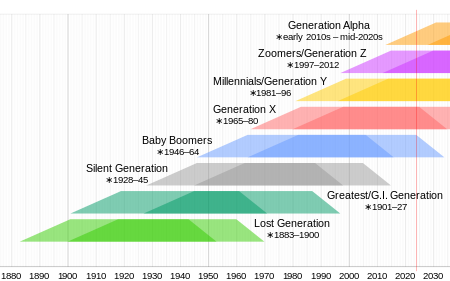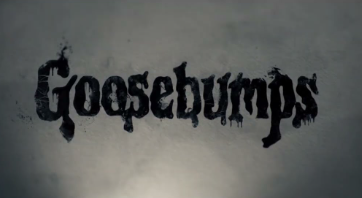After a nearly five-year wait, the sequel to the 2018 Spider-Man: Into the Spider-Verse was released on June 2, 2023. Continuing the story of Miles Morales and his adventures throughout the Spider-Verse with the many universes’ different Spider-People, the sequel expands upon the multiverse the original is set in, heightening the stakes even more. Accruing 689.8 million USD at the box office, Spider-Man: Across the Spider-Verse surpassed the first installment and became the highest-grossing film ever produced by Sony Pictures Animation.
As a few months have passed, the initial publicity boom upon the film’s release has died down somewhat, which allows for a more balanced perspective when looking at the sequel and what it succeeds at. In many ways, the film greatly improves upon what the first film started, and many believe it is even better than its predecessor.
Above all, the film’s most stand-out feature is its animation. Across the Spider-Verse is visually stunning the whole way through; while the original film was already visually impressive, the sequel expands upon, enhances, and plays with its style throughout its runtime, keeping you on your toes the entire time.
It constantly shifts from its usual comic-esque look to several different styles, from playfully bouncy and cartoonish to crumpled and bordered as though seemingly cut from paper to sketchy black-and-white. Colors flash and strobe with the character’s emotions and inner worlds, all the while remaining cohesive and appealing to the eye. Combined with impressive animation tricks and fast, intense action scenes, ATSV is never boring to watch at any point in its runtime.
While made to be comprehensible to newcomers, the film feels like a love letter to fans of the comic series. Material from the comic is constantly used and referenced, bringing many once-obscure characters into the spotlight. It manages an impressive balance between explaining the characters so someone completely new to them will understand who they are while comic fans aren’t bored with information they already know.
The first film was about Miles Morales becoming his universe’s new Spider-Man, learning to fight and getting a handle on his new powers and responsibilities while teaming up with other Spider-Men trying to go home to their proper dimensions. Across the Spider-Verse, above all, is about balancing life and duty, carving your own path, and not letting others define your life for you.
At the beginning of the film, Miles is struggling to manage his schoolwork, his relationship with his parents, and his secret life as the new Spider-Man in his universe. His parents want to guide him through his life, but he finds them to be too controlling and overbearing, which interferes with his ability to properly protect his city. Though their relationship becomes rocky, it’s clear that Miles loves his parents very much, and lying to them causes him a lot of pain.
In the first film, Miles has to learn from his fellow, more experienced Spider-Men and listen to their advice; in the sequel, Miles learns to listen to his intuition. His friends, particularly Gwen Stacy- in this series, a Spider-Person from another dimension- are inducted into the Spider-Society, a league of Spider-Men from different universes who work together to contain dimensional anomalies. While they seem good at first, with Miles eagerly wanting to join, you soon discover that something is deeply wrong- and they may not have Miles’ best interests at heart.
The characters around Miles all play into this theme of balancing life with duty and carving your life path. Gwen Stacy joined the Spider-Society so she could run away from her problems with her father, a policeman who believes that her alter ego was responsible for murder, and tries to arrest her once he finds out her true identity. Hobie Brown, otherwise known as Spider-Punk, is a staunch anarchist who encourages Miles to disobey authority and do whatever he wants to do. The leader of the Spider-Society, Miguel O’Hara, is a hardened Spider-Man who had his life taken from him and believes in duty above all else. Finally, The Spot is a man horrifically altered by an event in the first film and blames Miles for it, wishing to take his life away from him.
It’s made clear that nobody can tell Miles who he is or what he has to be; after all, being Spider-Man is an unpredictable duty. While that will always come with pitfalls, he can’t be forcibly constrained and forced into one mold and must discover how his life will play out by himself. The film often throws the protagonist- and the audience- into uncertainty, as comes with big decisions in both Miles’ life and the real world.
The character dynamics are very strong, the stakes are heightened tenfold, the story is believable yet unpredictable, and the animation is fluid, dynamic, and incredibly impressive. Overall, Spider-Man: Across the Spider-Verse is an emotionally harrowing, suspenseful, and very fun experience, and I’d recommend anyone who was a fan of the original film to see it.












